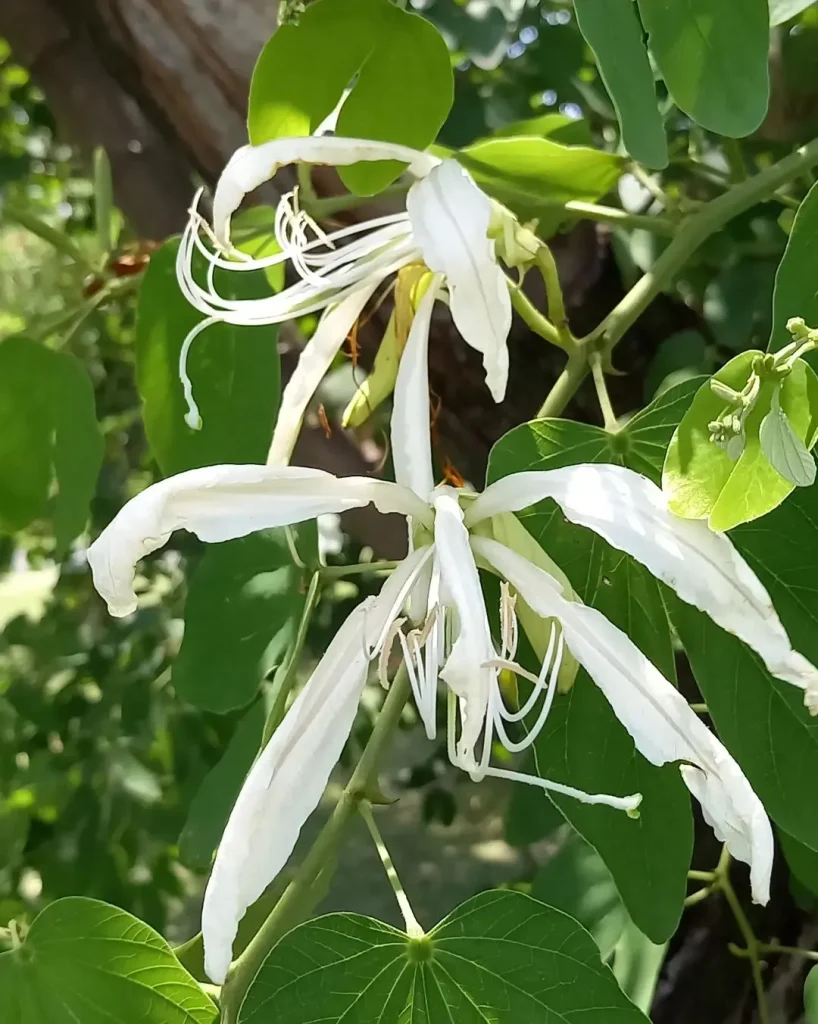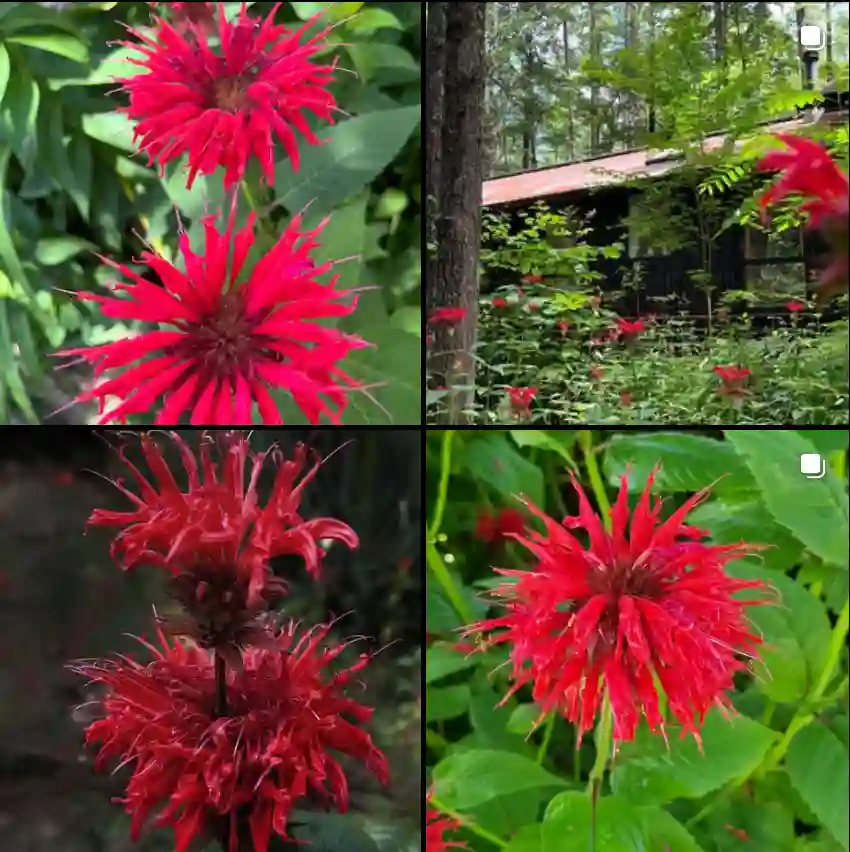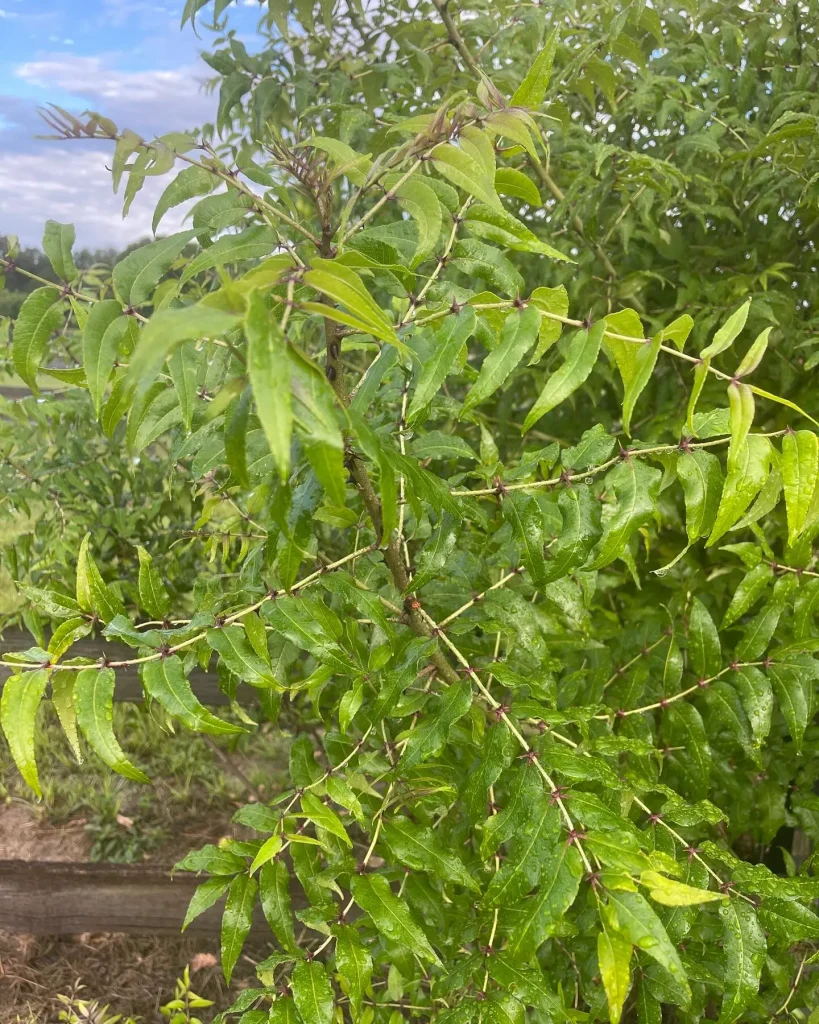Frequently Asked Questions About Carpenteria Californica Elizabeth
Carpenteria Californica Elizabeth, also known as the Bush Anemone, is one of my favorite shrubs to grow in my garden. This stunning California native plant has captured my heart with its fragrant white flowers, evergreen foliage, and overall adaptability. I’ve noticed that many gardeners have questions about this plant, so I’ve put together a list of FAQs based on my experiences.
What is Carpenteria Californica Elizabeth?
Carpenteria Californica Elizabeth is a cultivar of the species Carpenteria Californica, a rare and beautiful shrub native to California. This evergreen shrub can grow up to 8 feet tall and 6 feet wide, with glossy green leaves that provide year-round interest. The showstopper, though, is its clusters of white, fragrant flowers that bloom in late spring to early summer. These flowers resemble anemones, hence the nickname “Bush Anemone”.
How to Care for Carpenteria Californica Elizabeth?
Caring for Carpenteria Californica Elizabeth is straightforward, making it a great choice for both novice and experienced gardeners. Here’s how I take care of mine:
- Sunlight: I’ve found that Carpenteria Californica Elizabeth thrives in full sun to partial shade. In hotter climates, a bit of afternoon shade helps prevent the leaves from scorching.
- Watering: This plant is drought-tolerant once established, but regular watering during the first year is crucial to help it develop a strong root system. I water mine deeply once a week during the growing season, and less frequently during the cooler months.
- Soil: Carpenteria Californica Elizabeth prefers well-draining soil. In my garden, I’ve planted it in slightly sandy soil, which mimics its natural habitat. It can also tolerate clay soil as long as it doesn’t stay waterlogged.
- Pruning: I prune my Carpenteria Californica Elizabeth lightly after flowering to maintain its shape and encourage new growth. Pruning also helps remove any dead or damaged branches.
- Fertilizing: I don’t find the need to fertilize often, but a light application of a balanced fertilizer in early spring gives the plant a boost before the blooming season.
How to Propagate Carpenteria Californica Elizabeth?
Propagating Carpenteria Californica Elizabeth is a rewarding process. Here’s how I go about it:
- Cuttings: The most reliable method I’ve used is taking semi-hardwood cuttings in late summer. I select a healthy stem, cut it just below a node, and remove the lower leaves. I then dip the cut end in rooting hormone and plant it in a pot filled with a mix of perlite and peat. Keeping the cutting moist and covered with a plastic bag to maintain humidity has yielded the best results for me.
- Seed: While I haven’t tried propagating Carpenteria Californica Elizabeth from seed, it’s an option. Collecting seeds from mature plants and sowing them in a well-draining mix in late winter can work, though germination rates might vary.
What to Plant with Carpenteria Californica Elizabeth?
Choosing companion plants for Carpenteria Californica Elizabeth can enhance its beauty and help create a harmonious garden design. Here are some combinations that I’ve found work well:
- California Native Plants: Since Carpenteria Californica Elizabeth is native to California, it pairs wonderfully with other natives like Ceanothus, Arctostaphylos (Manzanita), and Salvia (Sage). These plants share similar soil and water requirements, creating a cohesive and low-maintenance garden.
- Perennials: I’ve also planted Carpenteria Californica Elizabeth alongside perennials like Echinacea (Coneflower) and Lavandula (Lavender). The contrasting flower shapes and colors create a striking visual effect.
- Ornamental Grasses: Mixing in ornamental grasses like Festuca (Fescue) or Muhlenbergia (Deer Grass) adds texture and movement to the garden, complementing the shrub’s bold flowers.
How to Use Carpenteria Californica Elizabeth in Landscaping?
Carpenteria Californica Elizabeth is versatile in landscaping. Here’s how I’ve used it in my garden:
- Hedge or Screen: Its dense foliage makes Carpenteria Californica Elizabeth an excellent choice for a hedge or screen. I’ve planted several in a row to create a natural privacy barrier that blooms beautifully in the spring.
- Specimen Plant: As a specimen plant, Carpenteria Californica Elizabeth stands out with its striking flowers. I’ve placed one near my patio, where I can enjoy its fragrance and beauty up close.
- Wildlife Garden: This shrub is a magnet for pollinators, especially bees and butterflies. If you’re aiming to attract wildlife, Carpenteria Californica Elizabeth is a fantastic addition to a pollinator-friendly garden.
Is Carpenteria Californica Elizabeth Toxic?
One common question I get is whether Carpenteria Californica Elizabeth is toxic. From what I’ve researched and experienced, this plant is not known to be toxic to humans or pets. However, I always recommend caution and suggest keeping it out of reach of pets and small children, just to be safe.
What Pests or Diseases Affect Carpenteria Californica Elizabeth?
In my experience, Carpenteria Californica Elizabeth is relatively pest and disease-resistant, which is one of the reasons I love it. However, I have noticed occasional issues:
- Aphids: Aphids can sometimes infest the new growth, especially in spring. I usually manage them with a strong spray of water or an application of insecticidal soap.
- Leaf Spot: In humid conditions, I’ve seen leaf spots develop, but they’re generally not severe. Good air circulation and avoiding overhead watering help prevent this issue.
Conclusion
Carpenteria Californica Elizabeth is a remarkable shrub that offers beauty, fragrance, and versatility. Whether you’re looking to add a native plant to your garden, create a hedge, or simply enjoy its lovely flowers, this plant is a great choice. By following the care tips and suggestions above, you can ensure your Carpenteria Californica Elizabeth thrives and becomes a cherished part of your garden.
If i die, water my plants!



